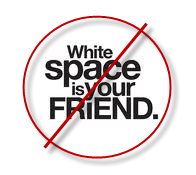I share "How to backup Blogger template" with two Methods. Now you have a backup of your Blogger template. Now you can make changes to your template and if anything goes wrong you can simply restore the template.
How to Restore the Blog Template
In this time, I also share with two methods for restoring the blog template.Method (1)
I think you have any problem. So, you try to restore your template. Now, you are still in Blogger and logging in. No problem!(1) If you are log out, log in again to www.blogger.com .
(2) Go to your blog Dashboard by clicking your blog name.
(3) In your blogs dashboard's left side menu, select Template.
(4) Now in the top right corner you can see Backup/Restore button, Click it.
(5) Open the new box and select Browse button.
(6) When File Upload dialog box is open, search and choose your backup template file and hit the Open button.
(7) Wait a little time for Uploading. When the upload is complete, the Backup / Restore box is automatically closed.
(8) Check and View your Template Change.
Method (2)
This method is use when you backup with my backup method (2).(1) I believe you, to start the first three step. If you not sure, see in method (1) section.
(2) When you reached the Template section, hit the Edit HTML button.
(3) Don't afraid, select all of your code and Delete (click anywhere of code section and press Ctrl+A and press Delete key.)
(4) Now, minimize your browser windows and open your save backup template code file (which is you get in Backup method (2)) and select all codes and then copy this.
(5)Go to your browser windows and paste the code in the Code area (which area is you deleting the codes)
(6) And then Save your Template.
Checking and View your Blog.
That is all of my sharing.
Thank!

































